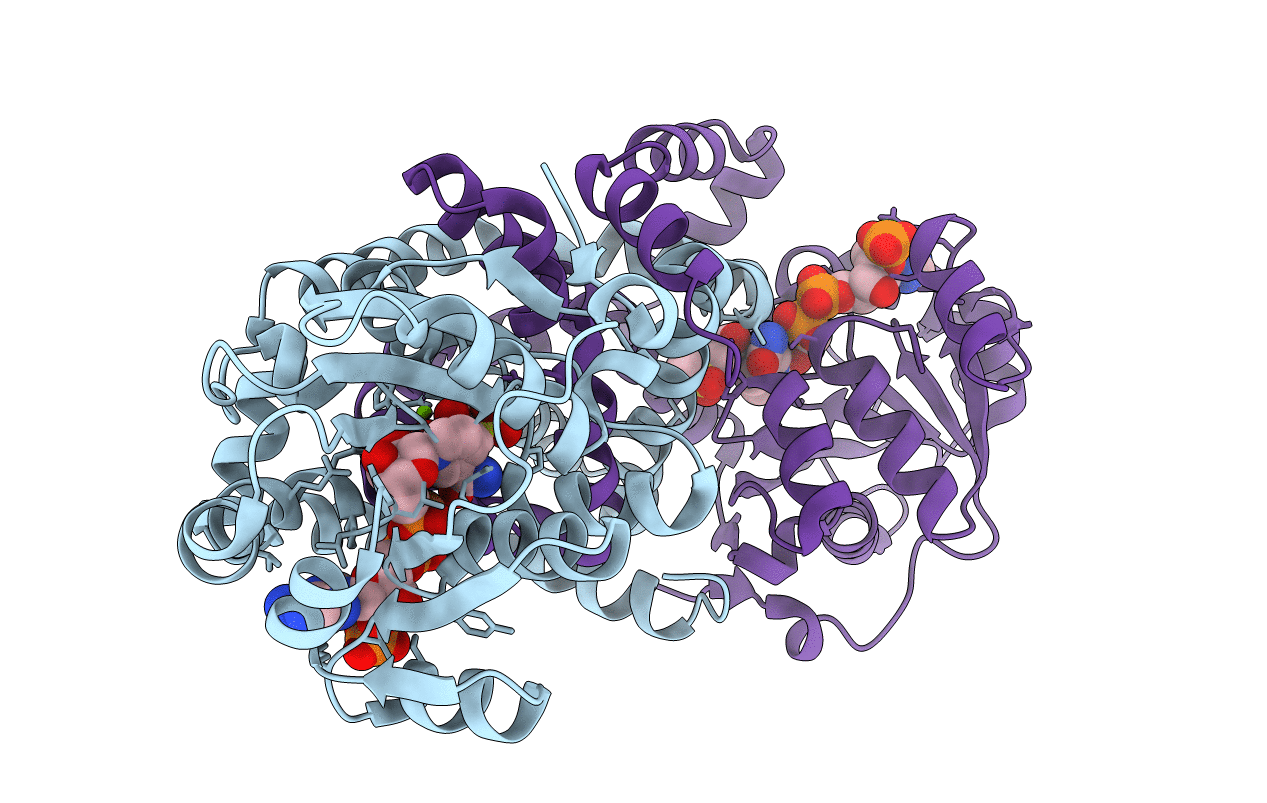
Deposition Date
2020-01-29
Release Date
2020-04-08
Last Version Date
2023-10-11
Entry Detail
PDB ID:
6VO2
Keywords:
Title:
Crystal structure of Staphylococcus aureus ketol-acid reductoisomerase in complex with Mg, NADPH and inhibitor.
Biological Source:
Source Organism:
Staphylococcus aureus (Taxon ID: 1280)
Host Organism:
Method Details:
Experimental Method:
Resolution:
1.59 Å
R-Value Free:
0.19
R-Value Work:
0.16
R-Value Observed:
0.16
Space Group:
P 1 21 1


